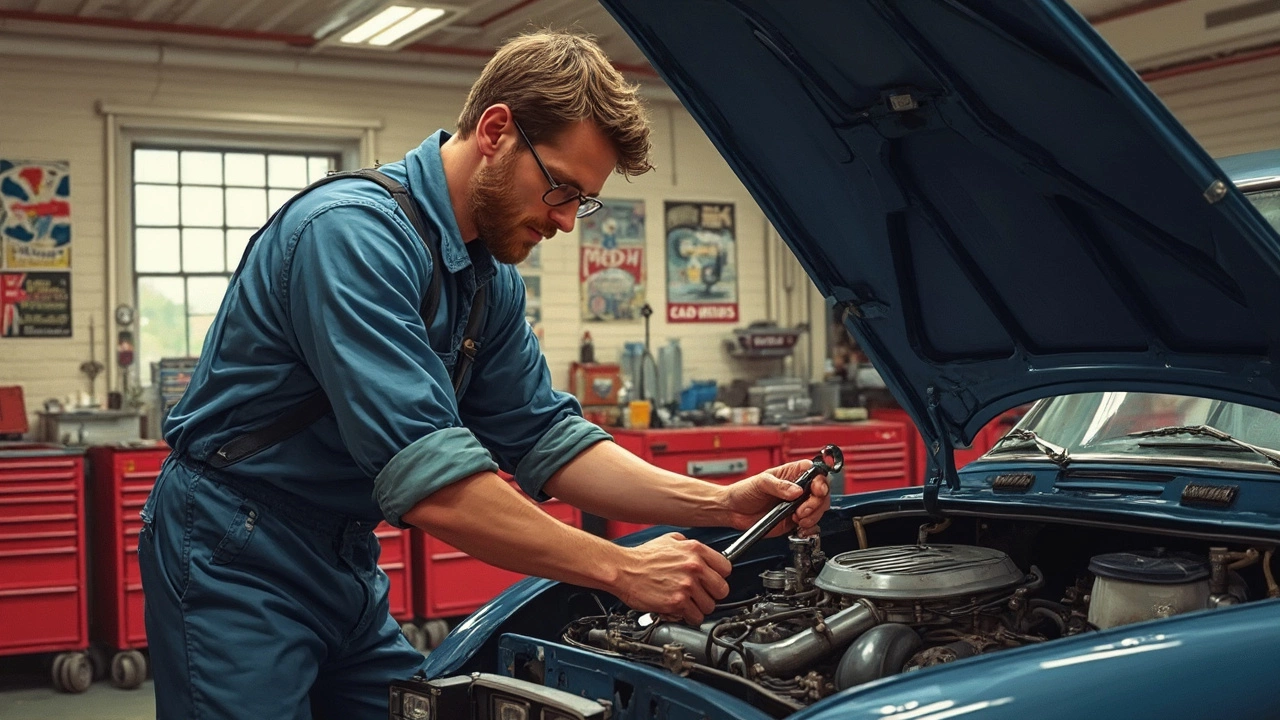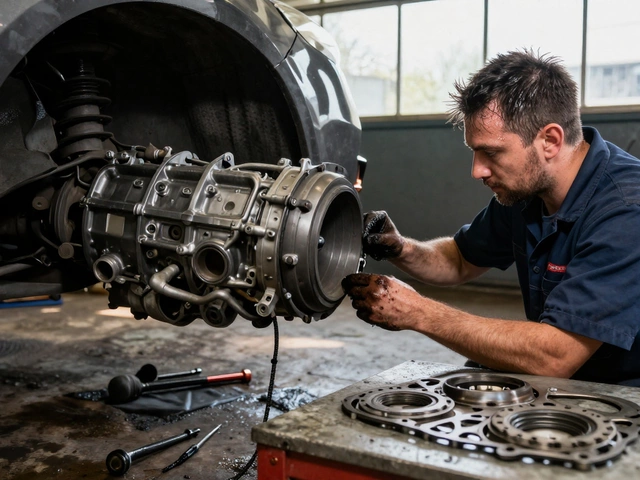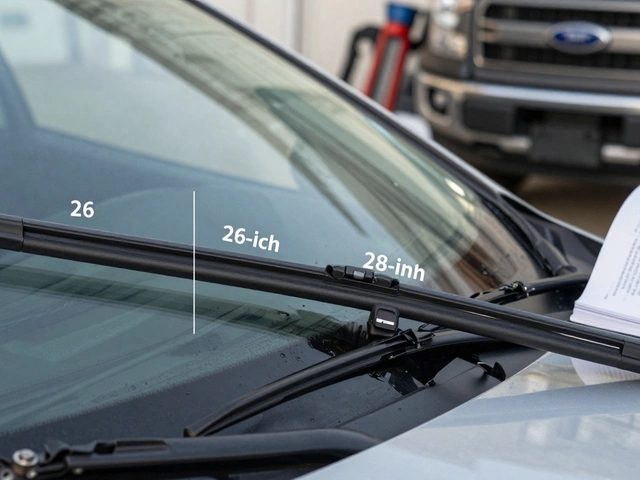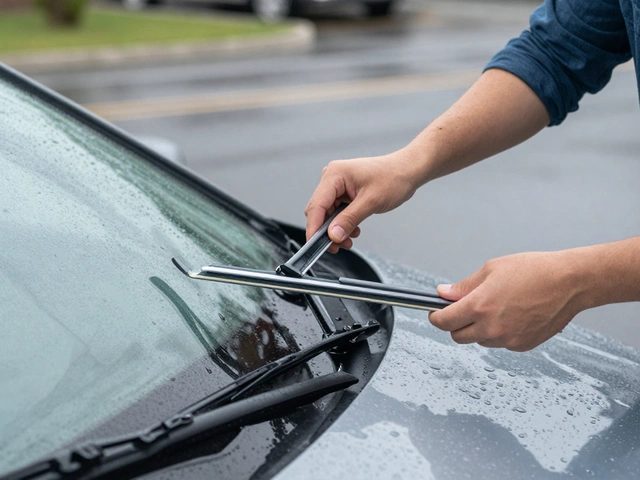DIY Fix: Simple Car Repairs You Can Do Yourself
When your car acts up, you don’t always need to head straight to the garage. A DIY fix, a hands-on repair you can do at home with basic tools and some know-how. Also known as home car maintenance, it’s not about replacing everything — it’s about knowing what you can safely handle yourself. Many drivers panic when a warning light comes on, but a lot of common issues — like checking your battery, spotting bad shocks, or replacing brake pads — are totally doable with a little guidance.
Tools like a multimeter, a torque wrench, or even just a dipstick can turn you from a nervous driver into someone who understands their car. You don’t need to be a mechanic to tell if your brake rotors, the metal discs that stop your car when you press the pedal are worn thin. You don’t need a dealership to check if your fuel pump, the part that sends gas from the tank to the engine is failing. And you definitely don’t need to pay hundreds to replace worn-out shock absorbers, the components that keep your ride smooth and your tires on the road if you know the signs. These aren’t just theory — they’re real fixes people do every weekend in driveways and garages across the UK.
What you’ll find below isn’t a list of magic fixes. It’s a practical collection of guides written for people who want to understand their car better. Some posts show you how to check your oil level before it turns into a $2,000 engine repair. Others walk you through diagnosing a slipping clutch or deciding whether to resurface or replace rotors. There’s even advice on what to do if your car won’t start because the fuel pump is on its last legs — and how to get it home safely. These aren’t flashy mods or over-the-top upgrades. They’re the quiet, everyday repairs that keep your car running without draining your wallet.
Whether you’re new to car care or just want to stop paying for simple checks, the posts here give you the facts — no fluff, no jargon. You’ll learn what tools you really need, what’s safe to skip, and when it’s time to call a professional. The goal isn’t to replace your mechanic. It’s to give you the confidence to make smarter decisions — and maybe save yourself a few hundred pounds along the way.





